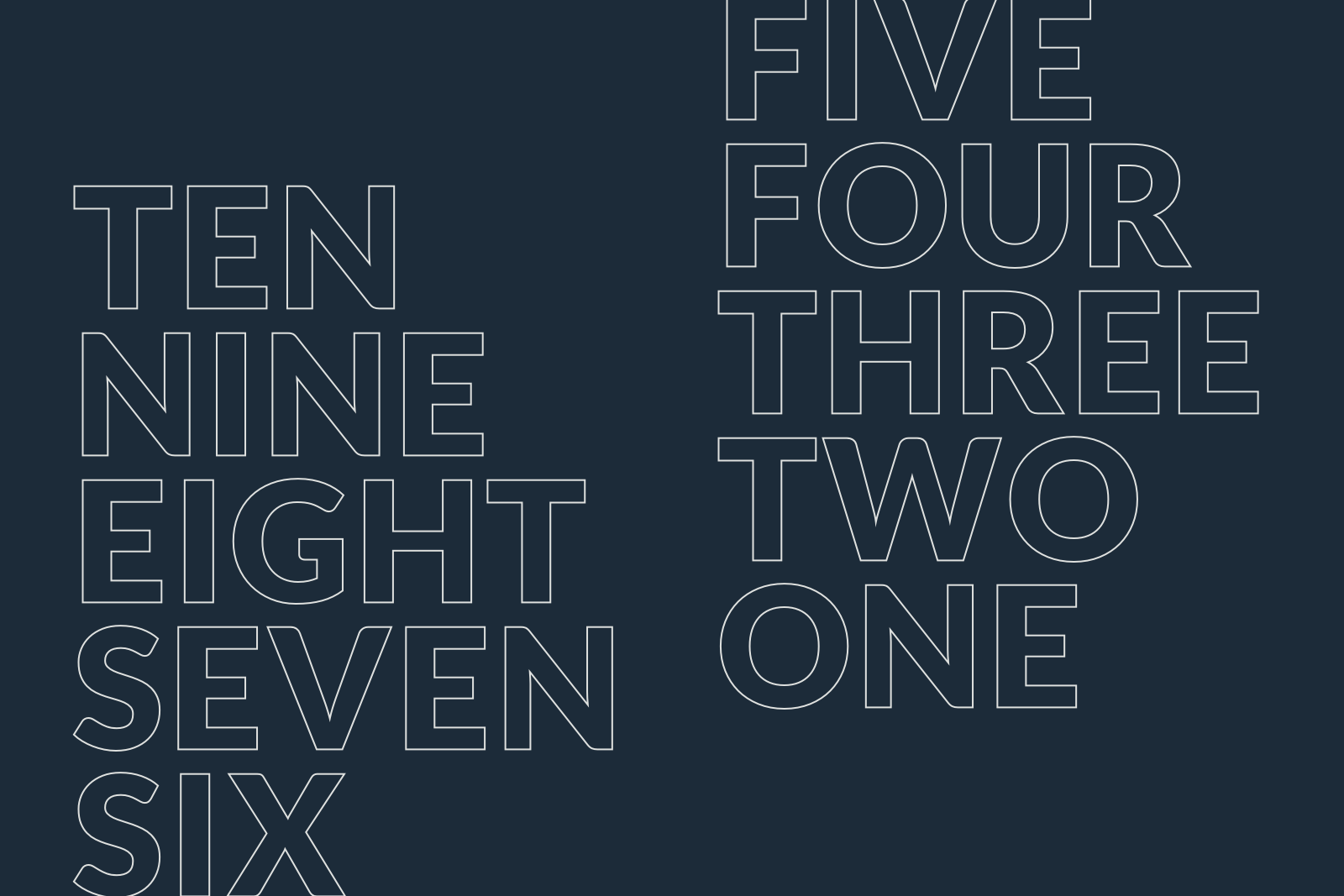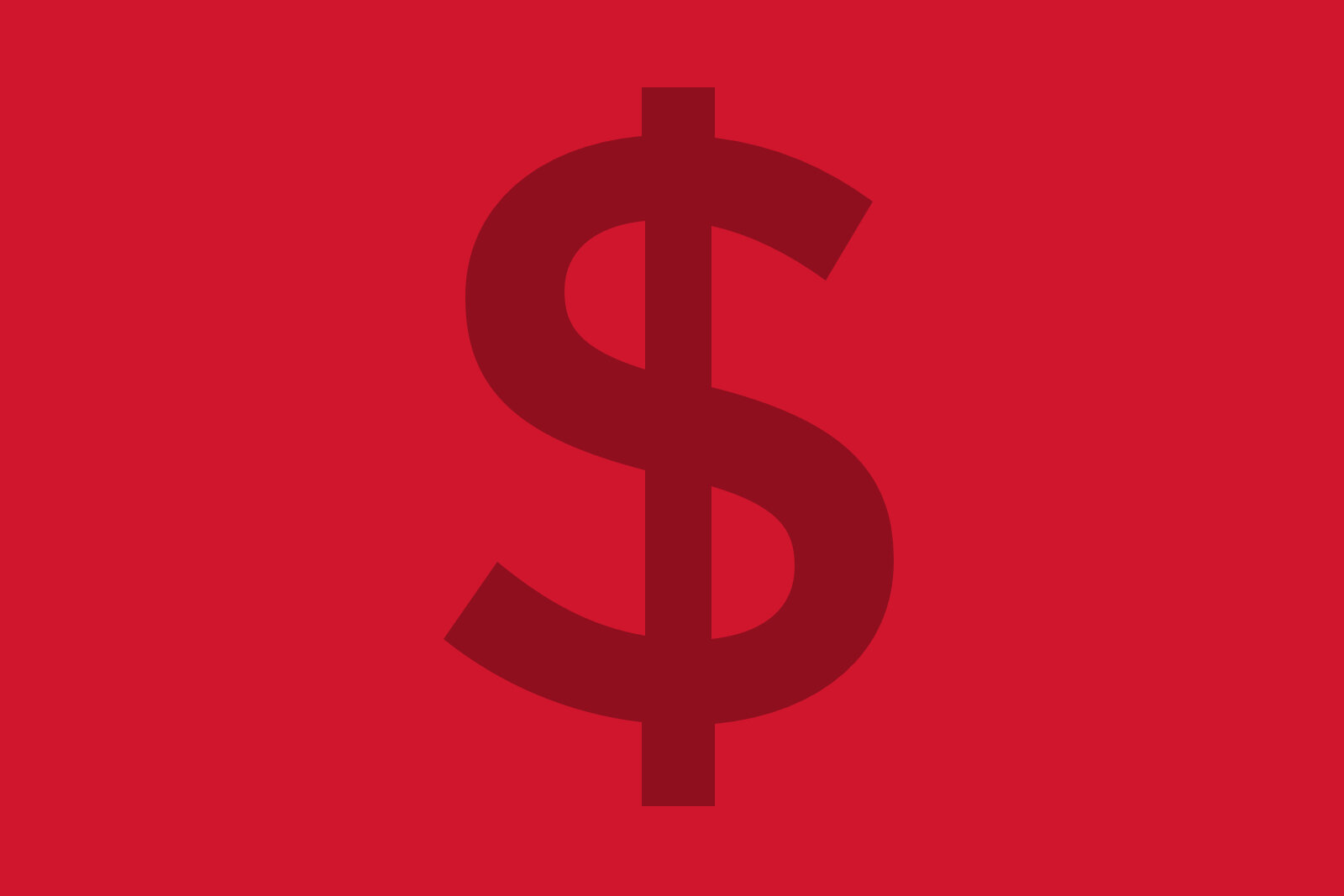Top 10 Signs Your Loyalty Program Needs a Refresh

Does your customer loyalty program achieve its intended objectives?
If you had to think twice about your response, it’s probably time to make improvements.
Customer loyalty best practices constantly evolve. So even if your program previously achieved great results, failing to update it frequently to keep customers engaged may mean you lose money, opportunities, or both.
Consider these top 10 signs your brand’s loyalty program needs revision—plus some ideas about how to get it done.
1. Customer conversion rates trend downward. If customers aren’t joining, that’s a major sign your brand’s loyalty program needs optimization. Maybe they’re aware of program benefits but aren’t persuaded by the membership value they’ll gain. That likely signals the program offerings aren’t attractive enough, or that a competitor’s loyalty offering is more compelling.
-
Likely cause: The loyalty program value proposition isn’t compelling.
-
Potential solution: Conduct a competitive loyalty program audit and implement a test plan that includes different incentives for signing up—e.g., dollars and percentage off, and a gift with registration.
2. Active members lose interest over time. If your once high-value, highly engaged members begin to decrease earning and redeeming, it’s a telltale sign your program needs attention. It’s likely your program isn’t engaging your members because it’s become predictable—maybe even boring.
-
Likely cause: Lack of new content and unchanging earning and/or redemption options have led to boredom.
-
Potential solution: Consider adding surprises and spontaneous offers to keep customers engaged. And find ways to celebrate atypical loyalty milestones, such as members’ joining-date anniversary.
3. Members don’t redeem rewards. If members fail to redeem rewards, it’s likely time to freshen up your rewards offerings. Neglecting earned rewards indicates that customers don’t view current program rewards as valuable. This waning engagement also means your customers aren’t entirely loyal. Their frequent purchases show they’re satisfied with your brand; however, passive disinterest in your loyalty program may mean they’d easily switch to a competitor.
-
Likely cause: Offered rewards no longer excite longtime members and seem irrelevant to newer members.
-
Potential solution: Conduct member surveys to discover why current rewards aren’t appealing and which rewards would be more compelling.
4. Members object that new members and/or nonmembers get the same benefits. Long-standing members who’ve spent a considerable amount of time and money with your company likely feel they’re entitled to richer rewards and experiences than new members. Additionally, the proliferation of social media and coupon-sharing sites makes it even more important that rewards vary by member tenure or value. If your loyalty offers aren’t personalized and exclusive, they’re likely to be posted and available to the public.
-
Likely cuase: Program benefits are the same for all members and/or nonmembers.
-
Potential solution: Design a program structure that differentiates benefits by tenure and/or spend. Develop exclusive offers for high-value customers to make them feel special.
5. Members complain about the difficulty of earning rewards. To be sustainable, loyalty earning requirements need to be in balance with the perceived value of program rewards. If earning a reward is too difficult—or too easy, for that matter—the program's value exchange needs retooling.
-
Likely cause: Too much of the program expense is passed on to members.
-
Potential solution: Incorporate low-cost rewards that have a high perceived value. These could be more emotional rewards, such as early access to new products or services, or member invitations to provide input into new product and service developments.
6. Your loyalty program is too expensive to maintain. While you should value your members’ brand loyalty, it shouldn’t decimate company profitability. A trove of rewards can certainly increase member interest and sales—but if rewards don’t align with operational finances, you may crash your business.
-
Likely cause: Loyalty program expenses exceed the return on investment (ROI).
-
Potential solution: Revamp your program financial model (or create one) to identify where to correct investment to achieve a positive ROI.
7. Your loyalty program doesn’t appeal to multiple demographics. Your program needs to attract the different demographics and psychographics that are loyal to your business. When you make loyalty-program decisions, factor in the age, gender, geographical location, income level and occupation, interests, and attitudes of your customer base.
-
Likely cause: The program’s approach to segmentation and its content strategy aren’t relevant to members and lack personalization, a vital tool of today’s high-performing loyalty programs.
-
Potential solution: Conduct a customer segmentation and/or persona audit; then compare findings against current offers, messaging, and channels to find optimization opportunities.
8. No one knows about your loyalty program. Without sufficient visibility and awareness among your customers, your loyalty program will fail. This doesn’t necessarily mean the program isn’t valuable or the rewards aren’t appealing. It probably means the program has insufficient marketing support.
-
Likely cause: Communication channels aren’t being leveraged well.
-
Potential solution: Organize a customer experience audit of all customer-facing touch points and content. Evaluate findings against your competitors and loyalty leaders outside your industry to identify gaps. Then create a plan to optimize accordingly.
9. Customers are frustrated with your program’s technical side. Technical issues can be a real drag. If consumers are faced with too many bugs and glitches while interacting with your loyalty program, they may become frustrated and switch to your competition.
-
Likely cause: Digital channels aren’t utilizing best practices to provide an optimal member experience.
-
Potential solution: Use a marketing technology audit to evaluate your program’s databases, content, commerce, and omnichannel delivery to identify optimization opportunities.
10. Customers aren’t buying into product recommendations. Typically, a customer loyalty program is a powerful way to drive incremental sales through product and/or service upsell or cross-sell. If your program isn’t achieving its incremental revenue goals, it’s time to find the cause and develop a solution.
-
Likely cause: Your program’s personalization engine isn’t delivering relevant recommendations.
-
Potential solution: Reexamine your brand’s personalization capabilities and assess the results of past campaigns that included personalized offers. Use those observations to identify improvement opportunities.
It’s what we do
Customer loyalty programs have long-proven potential to increase sales and retain customers. However, if your program is coasting or struggling rather than chugging along at full capacity, it’s time to identify the challenges and strategize improvements.
Designing an evolution road map—an ongoing strategy for evaluation and strategic revisions—will help you make incremental improvements that can have long-term, positive impacts on customer experience, loyalty, and overall profitability.
The Lacek Group has been helping brands design, rethink, and optimize their loyalty programs for more than 30 years. Give us a holler if we can help your brand too.
The Lacek Group, a Minneapolis-based data-driven loyalty, experience, and customer engagement agency that has been delivering personalization at scale for its world-class clients for more than 30 years. The Lacek Group is an Ogilvy company.

